It's crucial to know that students with autism and ADHD need special study strategies. Autism…
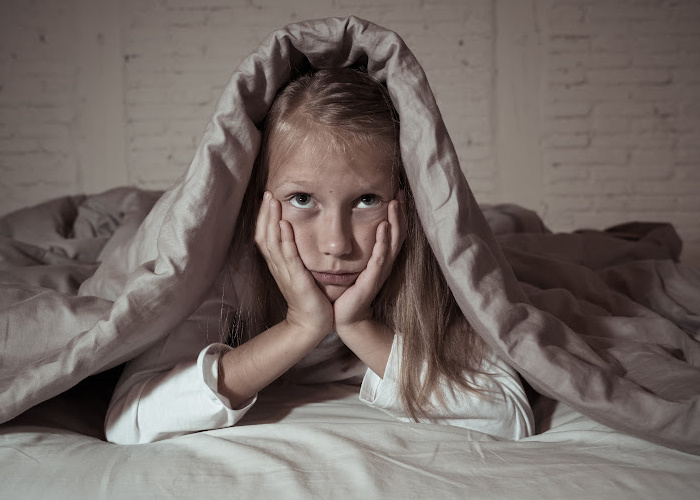
How to Reduce Anxiety in an Autistic Child
If you are the parent or caregiver of an autistic child, you may be familiar with the challenges of managing anxiety. Autistic children often experience anxiety, which can manifest in various ways, including social anxiety, attachment issues, and sensory sensitivities. It is essential to provide adequate support and tools to help your child manage their anxiety levels.
In this article, we will explore effective strategies that can help you reduce anxiety in your autistic child. By implementing these techniques, you can create a calm and supportive environment for your child, promoting their emotional well-being and overall quality of life.
Managing anxiety in an autistic child involves developing coping mechanisms and strategies that address their unique needs and challenges. In the following paragraphs, we will provide you with practical tips and techniques that can help you manage anxiety in your autistic child.
Whether you are looking for anxiety management techniques for an autistic child or how to reduce anxiety in an autistic child, this section will provide you with the information and support you need to help your child navigate anxiety.
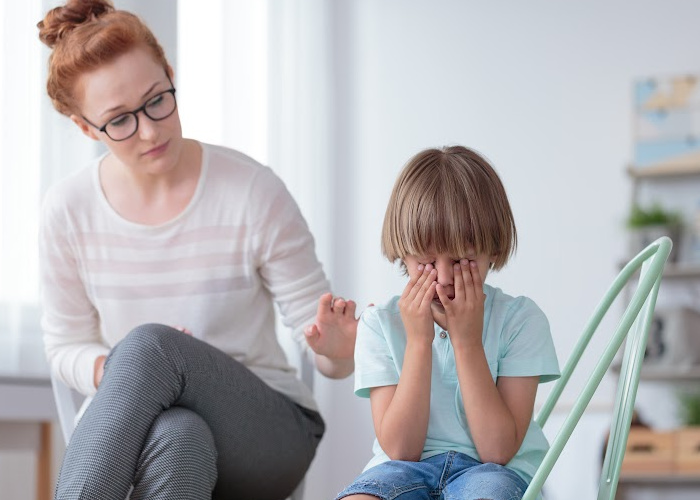
Understanding Anxiety in Autistic Children
If your child has autism, it’s important to understand that anxiety is a common challenge they may face. The unpredictability of daily life can be overwhelming for autistic children, leading to anxious feelings. As a parent or caregiver, it’s important to be aware of your child’s anxiety triggers and learn strategies to help them manage their anxiety levels.
Strategies to Calm an Anxious Autistic Child:
There are various strategies you can use to calm an anxious autistic child. One important tip is to stay calm and patient yourself. Children with autism can often pick up on the emotions of those around them, so maintaining a calm and reassuring demeanour can help ease their anxiety. Additionally, it may be helpful to identify a calming activity or object that your child can turn to when feeling anxious, such as a favorite toy or a calming sensory tool like a weighted blanket.
It’s important to recognize that every child with autism is unique, meaning that coping mechanisms and anxiety triggers can vary from child to child. Therefore, it’s crucial to work with your child’s therapist or doctor to develop a personalized anxiety management plan that fits their individual needs.
Tips for Helping an Autistic Child with Anxiety:
One effective strategy for helping an autistic child with anxiety is creating a consistent routine. The predictability of a set routine can help reduce anxiety by providing a sense of structure and stability. It’s also important to encourage open communication with your child, allowing them to express their feelings and concerns in a safe and supportive environment.
When your child is feeling anxious, it may be helpful to teach them some relaxation techniques such as deep breathing or progressive muscle relaxation. Mindfulness activities can also be useful in reducing anxiety levels and promoting emotional well-being. You may also consider exploring sensory support tools, such as fidget toys or noise-cancelling headphones, to help your child regulate their sensory input and feel more grounded.
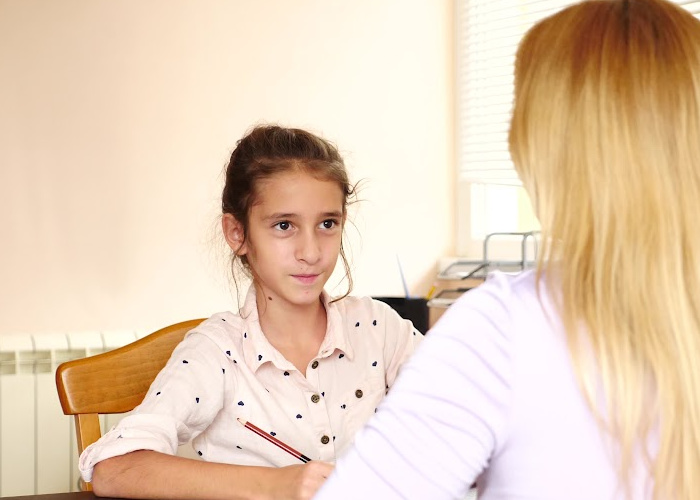
Creating a Calm and Supportive Environment
Creating a calm and supportive environment is key in reducing anxiety in autistic children. There are various techniques that you can use to create such an environment. For example:
- Use calming colours, such as blues and greens, to decorate your child’s room or safe spaces.
- Ensure that the environment is organized and predictable, as change can often be a source of anxiety for autistic children.
- Provide a comfortable and safe space where your child can go to calm down, such as a quiet corner or den.
It is important to remember that each child is unique, so experiment and find what works best for your child.
Additionally, incorporating coping mechanisms into your child’s environment can help reduce anxiety levels. For example, consider implementing:
- A sensory kit filled with items that your child finds calming, such as stress balls or fidget toys.
- Noise-cancelling headphones or earplugs to block out overwhelming sounds.
These techniques can provide a sense of safety and control for your child, which can help reduce anxiety levels.
Communication and Routine
Supporting an autistic child with anxiety requires effective communication and consistent routines. Clear and concise communication can help alleviate anxiety by providing a sense of predictability and structure. It is important to use simple language and visual aids, such as picture schedules, to help your child understand what to expect.
Incorporating a consistent routine into your child’s daily life can also provide a sense of security and reduce anxiety levels. Make sure to establish a predictable schedule for waking up, meals, and bedtime, and try to stick to it as much as possible. This can help your child feel more in control, which can be especially helpful during times of uncertainty and change.
Therapeutic approaches, such as cognitive behavioural therapy, can also be beneficial in teaching your child effective communication and coping skills. A therapist can help your child identify and manage their anxiety triggers, while also providing support and guidance.
Sensory Support and Regulation
Autistic children can experience heightened sensory sensitivities, which can trigger anxiety. As a parent or caregiver, it is important to implement sensory support and regulation techniques to help promote relaxation and reduce anxiety levels.
One effective technique is deep pressure therapy, which involves using weighted blankets, vests or compression garments to provide a sense of comfort and security. The pressure can help regulate the nervous system and promote relaxation.
It is also important to create a sensory-friendly environment, free from excessive noise, bright lights or overwhelming smells. Consider providing noise-cancelling headphones or earplugs to reduce auditory stimulation.
Another technique is to incorporate sensory play into your child’s routine. This can involve activities such as finger painting, playing with sand or water, or using textured materials to promote tactile stimulation.
Additionally, you can incorporate aromatherapy by using calming scents such as lavender or chamomile, which can help soothe the senses and promote relaxation.
By using sensory support and regulation techniques, you can help promote relaxation and reduce anxiety levels in your autistic child.
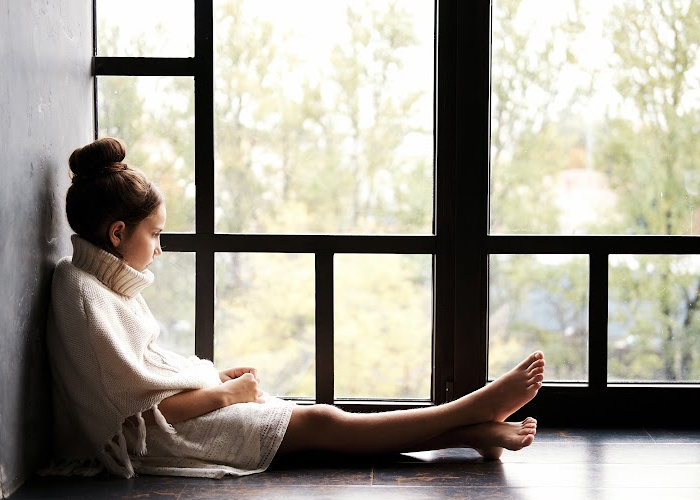
Mindfulness and Relaxation Techniques
When it comes to promoting relaxation in your autistic child and providing coping mechanisms for anxiety, mindfulness and relaxation techniques can be incredibly effective. These techniques can help your child relax and feel more secure and calm in their environment.
One technique that is particularly useful for promoting relaxation is deep breathing exercises. This technique involves taking deep breaths in through the nose and out through the mouth, focusing on the sensations of the breath moving in and out of the body. This can help your child calm down and feel more relaxed when they are feeling anxious or stressed.
Another technique that can be helpful is progressive muscle relaxation. This involves slowly tensing and relaxing each muscle group in the body, starting from the toes and working up to the head. This technique can help your child release tension and feel more calm and relaxed.
Guided imagery is another relaxation technique that can be helpful for autistic children with anxiety. This involves imagining a calming or peaceful scene in your mind, such as a beach or a forest, and focusing on the sensory details of that scene. This can help your child feel more grounded and relaxed in their environment.
Remember to be Understanding:
Remember that anxiety is a common challenge faced by autistic children, and it is important to be understanding and patient. Take the time to listen to your child’s concerns and work together to find solutions that work for them.
Use Effective Communication Strategies:
Effective communication is key in supporting an autistic child with anxiety. Use clear, direct language, and be consistent in your messaging. Encourage open communication and validate your child’s feelings to build trust and create a sense of security.
Implement Sensory Support and Relaxation Techniques:
Sensory sensitivities can contribute to anxiety in autistic children, so it’s important to implement sensory support and relaxation techniques. This can include creating a calming sensory space, using deep pressure techniques, and promoting mindfulness and relaxation through activities such as yoga or meditation.
Establish a Consistent Routine:
Establishing a consistent routine can provide predictability and reduce anxiety for autistic children. Create a schedule that works for your child, and stick to it as much as possible. Providing a sense of structure and routine can help your child feel more secure and in control.
Remember, there is no one-size-fits-all approach to managing anxiety in autistic children. By being patient, understanding, and consistent, and utilizing a variety of strategies, you can help your child navigate anxiety and promote their overall well-being.
Conclusion
Supporting an autistic child with anxiety can be challenging, but it is crucial to provide the necessary tools and support to help them manage their anxiety levels. By taking a holistic approach that considers the child’s unique needs and triggers, parents and caregivers can create a calm and supportive environment that promotes emotional well-being.
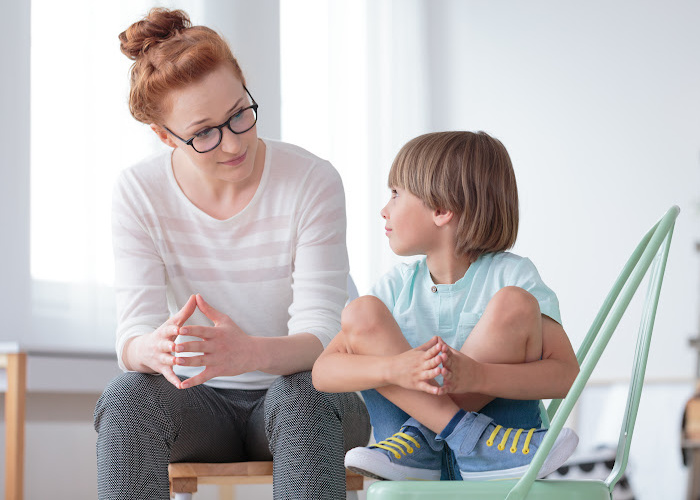
FAQs
Can anxiety be reduced in an autistic child?
Yes, anxiety can be reduced in an autistic child by implementing effective strategies and providing necessary support.
How common is anxiety in autistic children?
Anxiety is a common challenge faced by autistic children.
What are some potential triggers for anxiety in autistic children?
Potential triggers for anxiety in autistic children can vary, but some common ones include changes in routine, sensory sensitivities, and communication difficulties.
How can a calm and supportive environment help reduce anxiety in autistic children?
Creating a calm and supportive environment can help reduce anxiety in autistic children by providing a sense of security and relaxation.
What role does communication play in managing anxiety in autistic children?
Effective communication strategies are crucial in managing anxiety in autistic children. Clear and consistent communication can help reduce uncertainty and promote a sense of predictability.
How can sensory support and regulation techniques help alleviate anxiety in autistic children?
Sensory support and regulation techniques can help alleviate anxiety in autistic children by addressing sensory sensitivities and promoting relaxation.
What are some mindfulness and relaxation techniques that can be used to reduce anxiety in autistic children?
Mindfulness and relaxation techniques such as deep breathing exercises, guided imagery, and progressive muscle relaxation can be used to reduce anxiety in autistic children.



This Post Has 0 Comments